The restoration is a happy outcome for the much-traveled 2-8-4. American Locomotive Co. built No. 2700 in 1943, the first of 90 Kanawhas on the C&O. While most railroads referred to 2-8-4s as “Berkshires” the C&O referred to them as “Kanawhas” after the Kanawha River that flows through West Virginia. Alco built 70 Kanawhas, while Lima built the remaining 20.
C&O donated No. 2700 to the City of Charleston, W.Va., in 1955. In 1972 it was given to the St. Albans Firefighter Association in St. Albans, W.Va., and six years later to the St. Albans Railroad, Inc. In 1986, it went to the Silver Throttle Engine Association in Canton, Ohio, which planned to restore it to operation. The engine was stripped but the restoration never happened. The engine was threatened with scrapping when the late Jerry Jacobsen and his Ohio Central Railroad moved to save it, moving it from Canton to the Dennison museum, which is based at the former Pennsylvania Railroad depot.
Restoration was delayed several years due to a lawsuit over the engine’s ownership. Two court cases eventually confirmed the Museum as owner, and restoration work finally moved forward.
Gemini Industrial Machine Group of Dover, Ohio, performed the restoration. Its president, Jason Johnson, was once a volunteer at the depot and is known for organizing “train festivals” in Owosso, Mich., in 2009 and the Quad Cities of Illinois and Iowa in 2011. Gemini had to manufacture 320 parts for the stripped locomotive. Restoration was completed in only six weeks.
Work on the $140,000 project, that includes a sidewalk and landscaping, was funded by the Ohio Department of Transportation, with matching contributions from the village of Dennison, the Reeves Foundation, the Harold C. & Marjorie Q. Rosenberry Foundation, the Leggitt Foundation, the Doris & Floyd Kimble Foundation, the Tom E. Dailey Foundation, the Brach Foundation, the Tuscarawas County Community Foundation, the Amherst Railroad Foundation and Wendy’s.
On a note of cooperation between rail historic groups, at the unveiling of the engine Andy Wartman of the Kentucky Steam Heritage Corp., which is restoring C&O No. 2716 to operation, presented the Museum with Alco builders plates for No. 2700.
C&O was generous in preserving its 2-8-4s. Of the 90 built, 12 are still in existence. The survivors are:
2700 – Dennison Railroad Depot Museum, Dennison, Ohio
2705 – B&O Railroad Museum, Baltimore
2707 – Illinois Railway Museum, Union, Ill.; once displayed in Brookside Park, Cleveland, Ohio
2716 – Kentucky Railway Museum, New Haven, Ky.; being restored to operation by Kentucky Steam Heritage Corp.
2727 – National Museum of Transportation, St. Louis
2732 – Science Museum of Virginia, Richmond, Va.
2736 – National Railroad Museum, Green Bay, Wis.
2755 – Chief Logan State Park, Logan, W.Va. Placed on the National Register of Historical Places on Sept. 28, 2006.
2756 – Huntington Park, Newport News, Va.
2760 – Treasure Island Road, Lynchburg, Va.
2776 – Jesse Eyman Park, Washington Court House, Ohio
2789 – Hoosier Valley Railroad Museum, North Judson, Ind.
Two other Kanawhas, Nos. 2770 and 2781, were stored by C&O at Russell, Ky., into the 1970s but ultimately were scrapped. Another Kanawha, No. 2701 was donated to the City of Buffalo, NY. in the mid-1950s. It was placed on display near the waterfront where vandals wrecked it so badly that it was scrapped.
More information is available online.





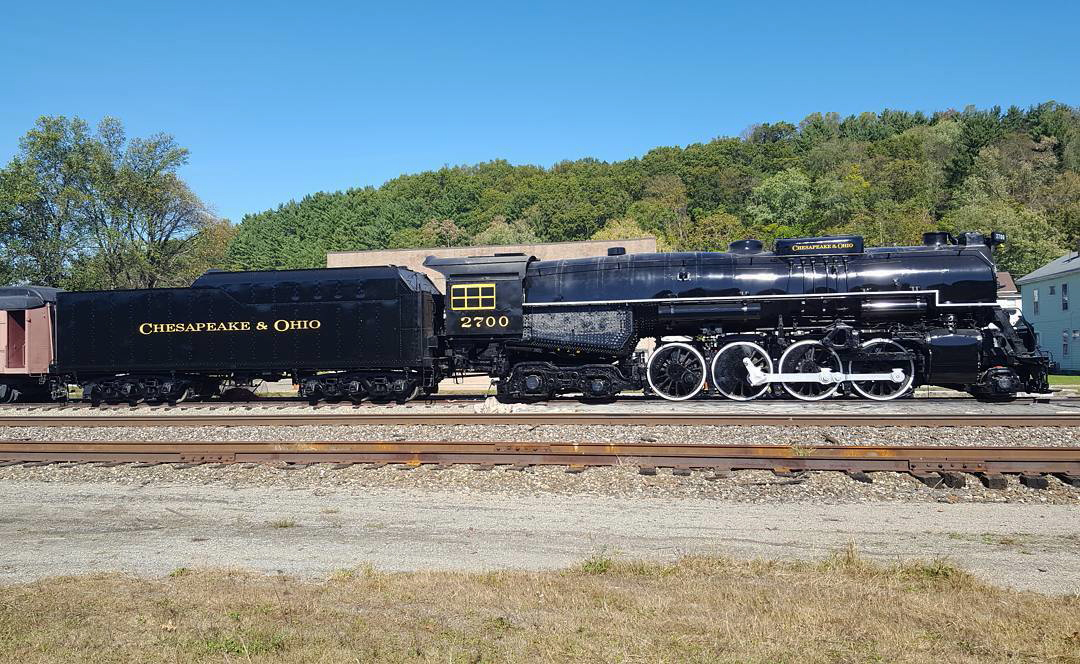
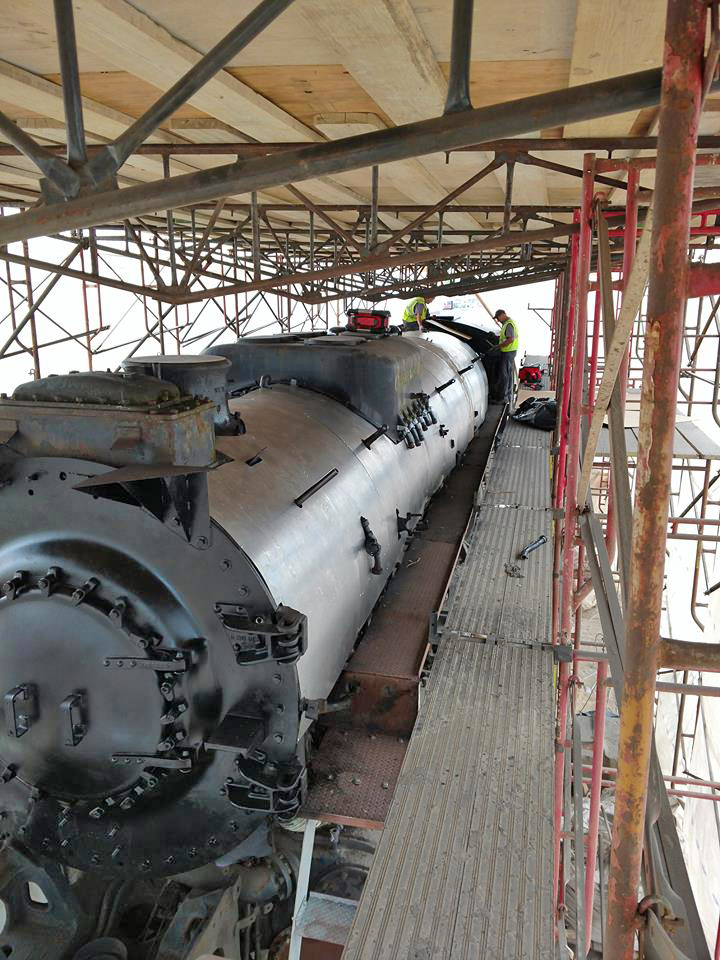

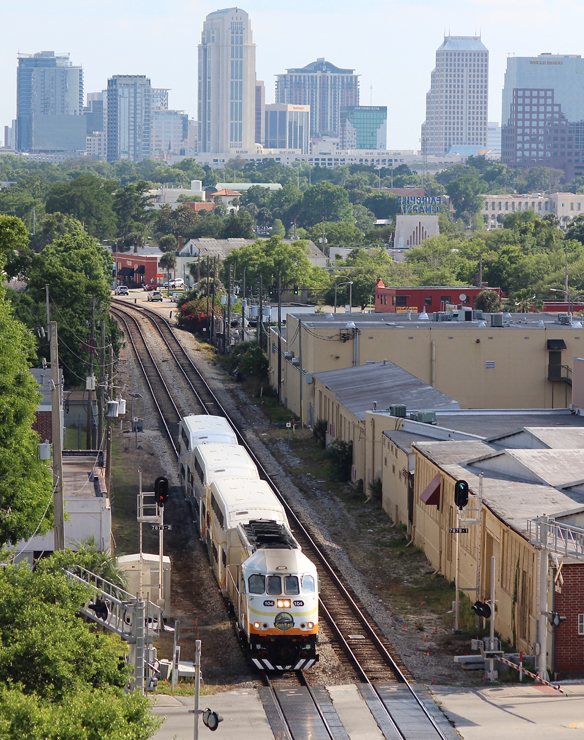

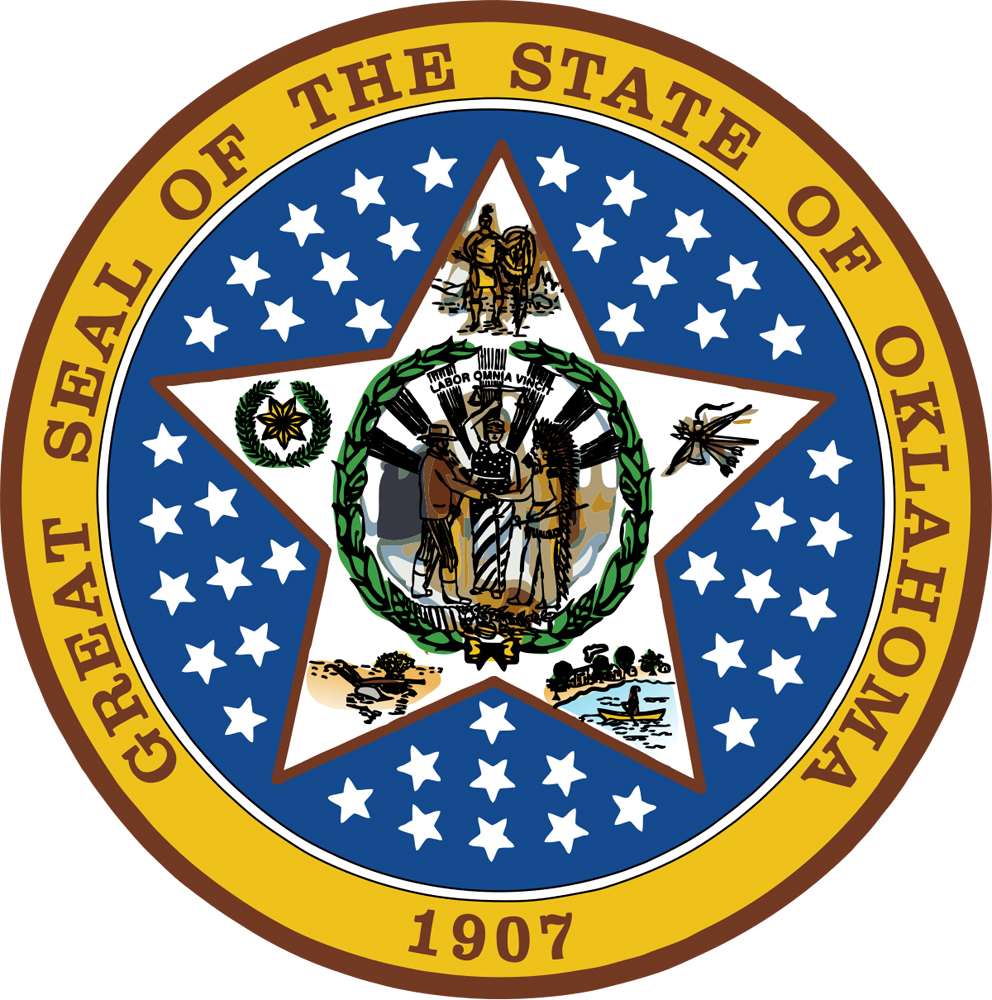
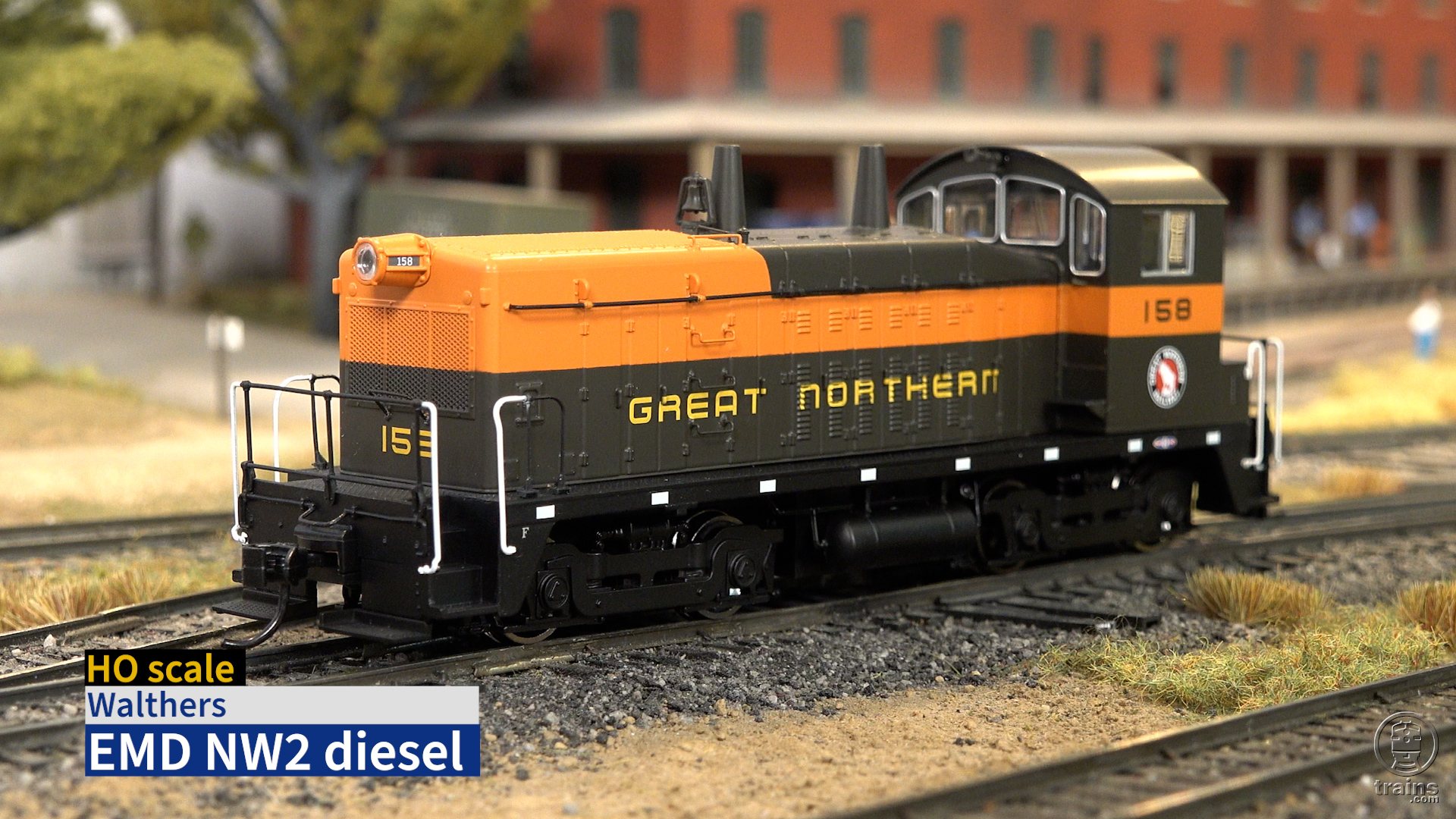




I photographed 2716 when it was on loan to Southern Railway several times – one of my all time favorite steam locomotives along with the NKP 765!
Nice to see it saved.
I took a photo of 2705 when it was stored in Russel, KY in the late 1960’s.
Great news.Take note CVRS from now on here is a locomotive that you can use for excursions instead of “stealing” the 765 from outside Ohio.When will CVRS take their ALCO into Indiana they way they demand the NKP 765 every 9th month of the year?Also CVRS do not forget the B & O 2100 currently be put together in Berea
Where are rest of the rods?
Wendy’s? Didn’t expect that one.
The cooperative effort described in this article is a grand example of how steam preservation can work for the benefit of future generations. The miracles worked by the late Jerry Joe Jacobson are the exception and not the rule.